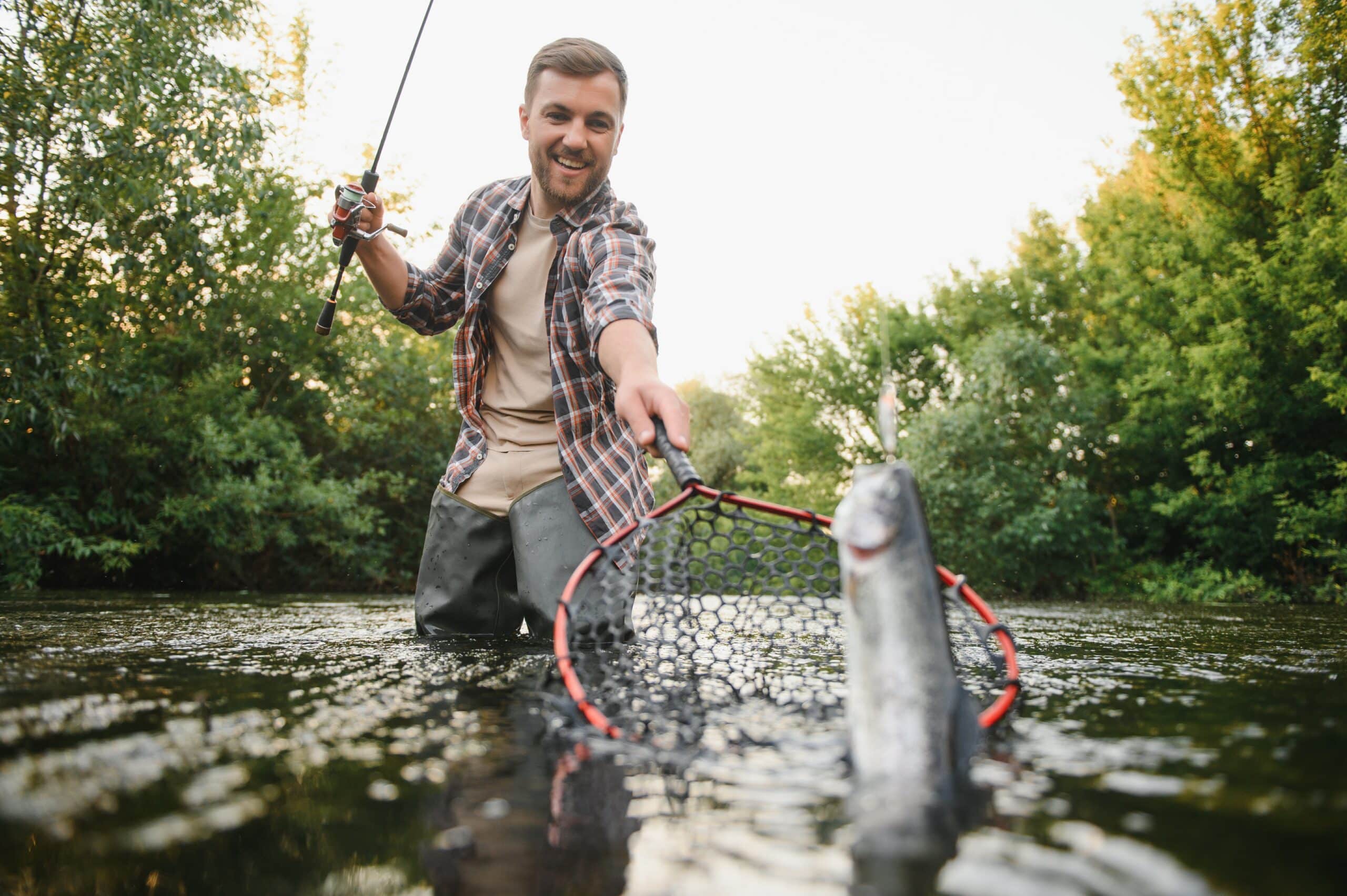Which fishing line is the strongest?
Key Takeaways
- The SpiderWire Stealth Blue Camo-Braid is touted as the strongest fishing line on the market, with a strength score of 9.0.
- The Momoi Hi-Catch Diamond is a strong contender, with tensile strength up to 200% more than other mono lines of the same diameter.
- The Seaguar Smackdown braid offers impressive strength relative to its size, with the 10-pound test having the same diameter as a 2-pound test monofilament line.
When it comes to fishing, having a strong and reliable fishing line is essential. Anglers need a line that can withstand the pressure of reeling in big fish and handle various conditions. With so many options available on the market, it can be challenging to determine which fishing line is the strongest. Let’s explore the information provided to find the answer.
SpiderWire Stealth Blue Camo-Braid: The Strongest Fishing Line?
According to the information from Outdoor Gear Lab, the SpiderWire Stealth Blue Camo-Braid is touted as the strongest fishing line on the market. It received a strength score of 9.0, the highest among the lines tested. However, it’s important to note that the specific testing methodology and criteria used by Outdoor Gear Lab are not provided.
Momoi Hi-Catch Diamond: A Contender for Strength
Field & Stream suggests that the Momoi Hi-Catch Diamond is the strongest fishing line available. While the text does not provide a specific strength score, it claims that the Momoi Hi-Catch Diamond mono has tensile strength up to 200% more than other mono lines of the same diameter. This indicates that it is a strong option for anglers looking for a reliable line.
Considering Tensile Strength
In another Field & Stream source, the Seaguar Smackdown braid is highlighted for its outstanding tensile strength, particularly for its thin diameter. The text mentions that the 10-pound test of the Smackdown braid has the same diameter as a 2-pound test monofilament line. This indicates that the Seaguar Smackdown braid offers impressive strength relative to its size.
Additional Information from Tackle Village
Tackle Village provides a fishing line strength chart that includes various types of lines such as monofilament, braided, and fluorocarbon. The chart also includes breaking strain or pound test for different fish species. While this information doesn’t directly compare specific fishing lines, it can be useful for anglers to understand the strength capabilities of different line types and their suitability for specific fish species.
PowerPro for Catching Large Fish
In the same Field & Stream article, PowerPro is mentioned as the best fishing line for catching large fish. While no specific strength comparisons are provided in the text, PowerPro is praised for its extreme abrasion resistance. This attribute is crucial when targeting big fish that can put a significant strain on the fishing line during a fight.
Conclusion: Determining the Strongest Fishing Line
Based on the information available, it is challenging to definitively determine the single strongest fishing line. The SpiderWire Stealth Blue Camo-Braid and the Momoi Hi-Catch Diamond are both considered strong options, but without specific strength comparisons, it is difficult to declare one as the absolute strongest.
However, considering the tensile strength and diameter information provided, the Seaguar Smackdown braid offers impressive strength for its size. Additionally, the PowerPro line is specifically recommended for catching large fish due to its abrasion resistance.
Ultimately, the choice of the strongest fishing line depends on an angler’s specific needs and preferences. Factors such as target fish species, fishing conditions, and personal fishing style will influence the selection of the most suitable line.
Related Websites:
FAQs:
Q: What factors determine fishing line strength?
Fishing line strength is determined by factors such as material, diameter, and construction. The material used, such as nylon or fluorocarbon, affects the overall strength. Thicker lines generally have higher strength, but diameter also plays a role. The construction of the line, whether it’s monofilament, fluorocarbon, or braided, also contributes to its strength.
Q: How is fishing line strength tested?
Fishing line strength is tested through laboratory tests performed by manufacturers and angling associations. These tests measure the breaking strength of the line, usually using specialized machines that exert force until the line breaks. Various factors such as knot strength and abrasion resistance are also considered during testing.
Q: What factors can affect the strength of fishing lines?
Several factors can affect the strength of fishing lines, including knots, abrasion, and UV exposure. Poorly tied knots can significantly weaken the line, while continuous rubbing against rough surfaces can cause abrasion and decrease strength. Exposure to UV rays can also degrade the line over time. Minimizing these factors and proper maintenance can help maintain optimal line strength.
Q: What factors should I consider when choosing a fishing line?
When choosing a fishing line, important factors to consider include the target species, fishing technique, and personal preference. Different species may require different line strength and characteristics. The fishing technique, such as trolling or casting, may also influence the choice of line. It’s crucial to consider the specific requirements of saltwater fishing, such as resistance to corrosion and UV exposure.
Q: Why is it important to select a fishing line with suitable strength for saltwater fishing?
Choosing a fishing line with suitable strength for saltwater fishing is crucial for success. Saltwater fishing involves larger and stronger fish species, as well as harsher conditions. A line that is too weak may break easily, leading to lost catches and frustration. On the other hand, an excessively strong line may lack sensitivity and affect the overall fishing experience. Selecting the right strength ensures a balance between durability and performance.






